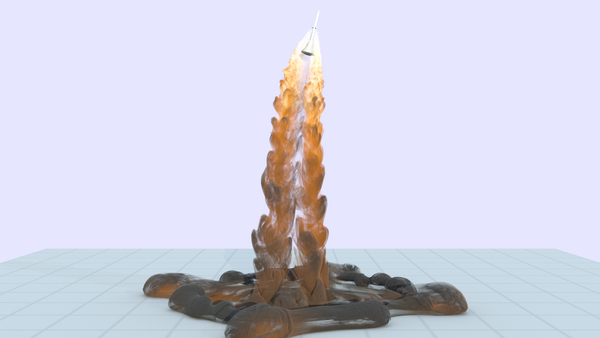You probably know the GIF as the perfect vehicle for sharing memes and reactions. We believe the format can go further; it has real power to capture science and explain research in short, digestible loops.
On the eve of this new year, we have curated some of the most incredible science GIFs out there.
A Rocket—to Escape a Rocket
On supporting science journalism
If you're enjoying this article, consider supporting our award-winning journalism by subscribing. By purchasing a subscription you are helping to ensure the future of impactful stories about the discoveries and ideas shaping our world today.
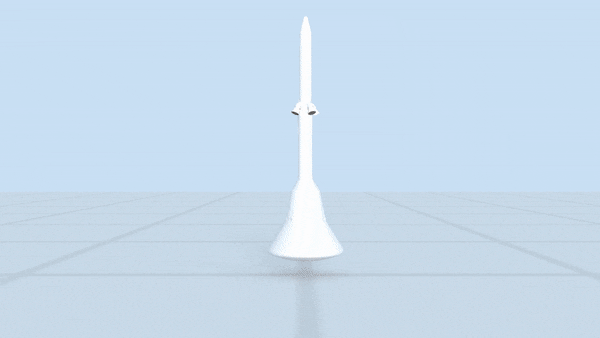
Would you ride a rocket to the moon—or to Mars? Many of us probably daydream of cosmic travel. But even in our waking dreams, we would want an escape plan if something went wrong on our way into space. (Nothing takes one’s head out of the clouds like the prospect of midair incineration.)
Luckily, NASA long ago came up with a contingency plan for future space travelers. Called the Orion Launch Abort System, it was successfully tested in 2010. What you’re seeing is an exquisitely detailed simulation of the roughly 400,000 pounds of thrust put out by the system’s “abort motor.” The visualization helps spaceflight engineers know how much vibration all that power creates inside the flight module—and how to manage it and keep astronauts safe while doing so.
It took the equivalent of 16,000 computer CPU cores running for a month and a half to produce what you see. When it comes to spaceflight, as with many things in life, it is better to be safe than sorry.
Inner Forests in Full Bloom
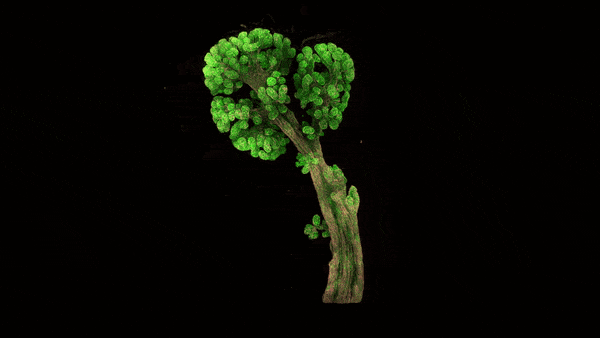
Credit: Bloom, by Bianca Capaldo and Caleb Dawson Breast Cancer Laboratory, Walter and Eliza Hall Institute of Medical Research
Nature often presents us with Rorschach tests. We have (probably) all tried to see shapes of things in the wisps of clouds. And certain microscopic objects bear startling resemblances to “normal-sized” things in the world around us. Take this GIF: What do you see? A bit of broccoli? A bonsai tree?
It actually shows the branching lobes of a milk duct inside a breast. Researchers at the Walter and Eliza Hall Institute of Medical Research in Australia created this visualization, entitled Bloom, to help describe the structure and form of breast tissue, which undergoes extensive remodeling during pregnancy. If scientists understand how this anatomy and others function normally, they can then get a better idea of how diseases such as breast cancer spread.
The Eye of a Monster
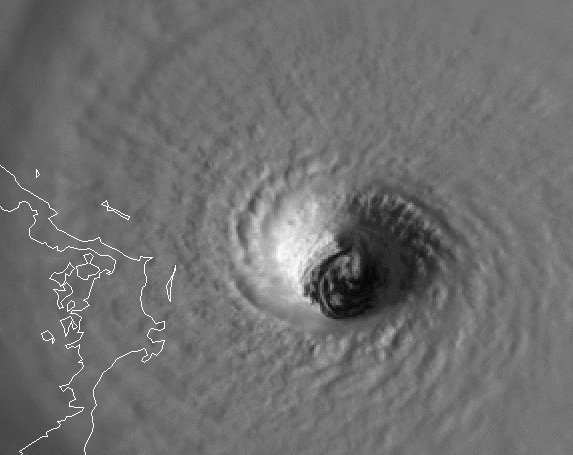
This past year was a very stormy one in many ways. Leaving political squalls out of it, the North Atlantic saw 18 named storms, including Hurricane Dorian, the monster in the tight spiral depicted above. The hurricane generated 185-mile-per-hour winds and caused at least $4.6 billion in damage. But from this view, it almost seems serene.
What is most striking in this rendering of the storm, captured on September 1, 2019, by the National Oceanic and Atmospheric Administration’s GOES-16 satellite, is the exquisite detail of the eye wall. And if you watch the outer bands of the storm for long enough, you can start to see pebble-in-a-pond-like surface ripples radiating outward for thousands of miles.
Branching Electric Blue Neurons
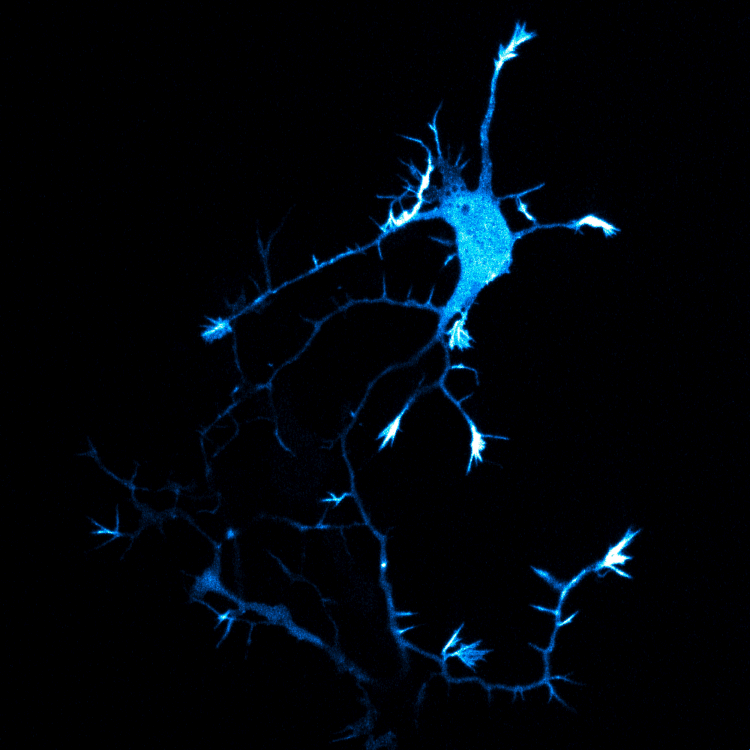
Life crackles into existence in this sequence of images collected by Andrew Moore, a researcher and microscopist at the Howard Hughes Medical Institute’s Janelia Research Campus. Moore collected this hour-long sequence of a rat hippocampal neuron growing on a glass plate for his doctorate work.
What this GIF shows is called neurite outgrowth. According to Moore, “this cell is in the middle of deciding which of its neurites (a general term for the long extensions from the cell body) will become dendrites and which will become the axon.”
With about 86 billion of these kinds of cells in the human brain, you could say that this process is shockingly normal. It is happening in living beings all around you—just without the ghostly blue glow, which this one has on account of a fluorescent protein that was added to it.
Captivating Cosmic Clouds

Credit: TNG Collaboration
We could honestly just watch this loop all day. It is probably the hypnotizing swirls of orderly chaos, the colliding filaments of fire and gas that resolve into a gravitational demolition derby of hot white globules, all smashing and slamming their way into one central point in space. It could be that.
This GIF is one of the near-endless visual treasures that awaits the viewer of a galactic simulation called TNG50, created by researchers in Germany and the U.S. In TNG50, 20 billion particles represent all the stars, dark matter, cosmic gas, magnetic fields and black holes inside a simulated cosmic cube, which births a multitude of new worlds over 13.8 billion years and shows how supernovae and supermassive black holes might affect the flow of cosmic gas. That puts 2019 into some perspective, no?
And the past year had loads of loop-worthy science. You can click here to GIF to your heart’s content.
